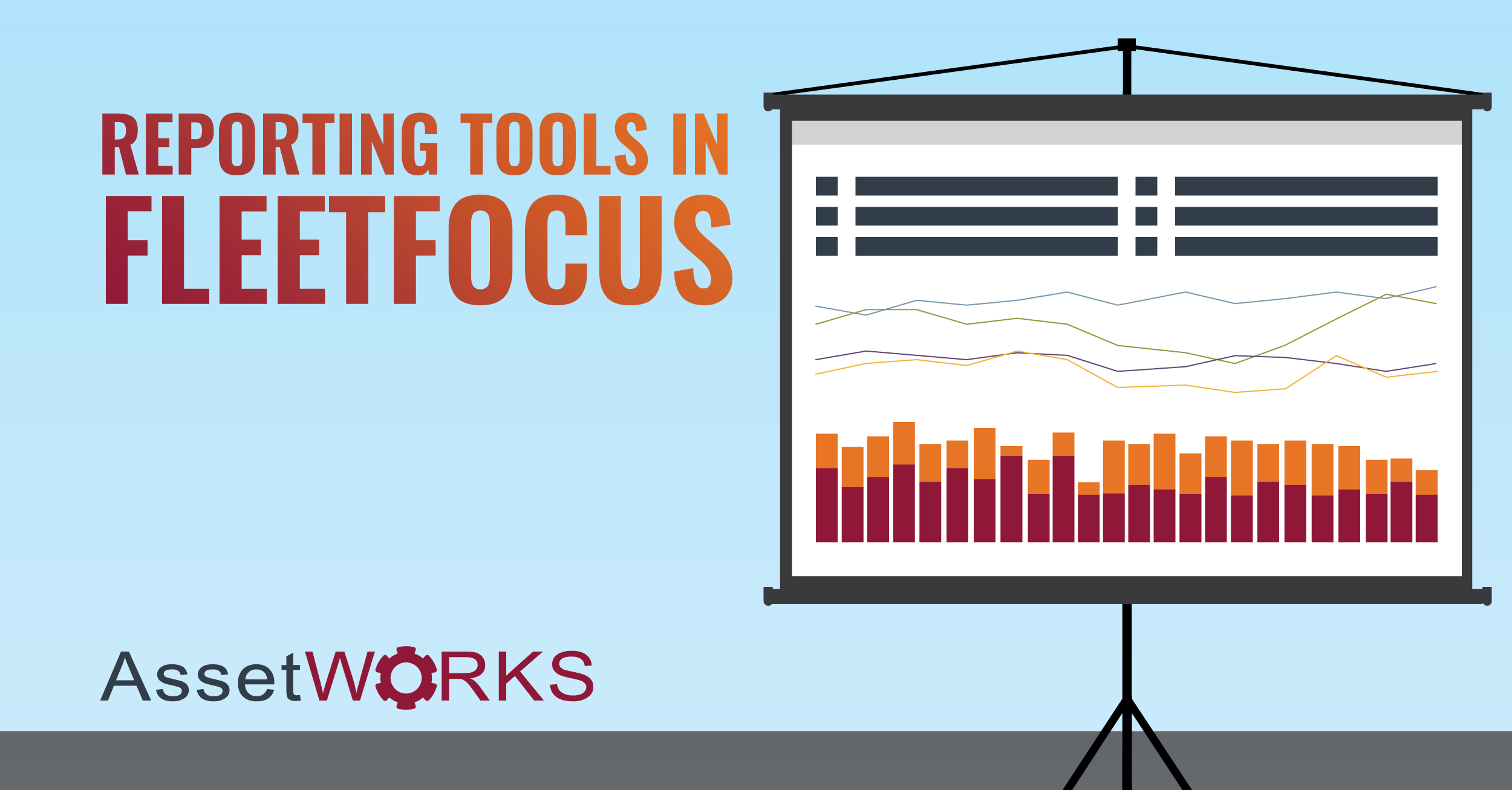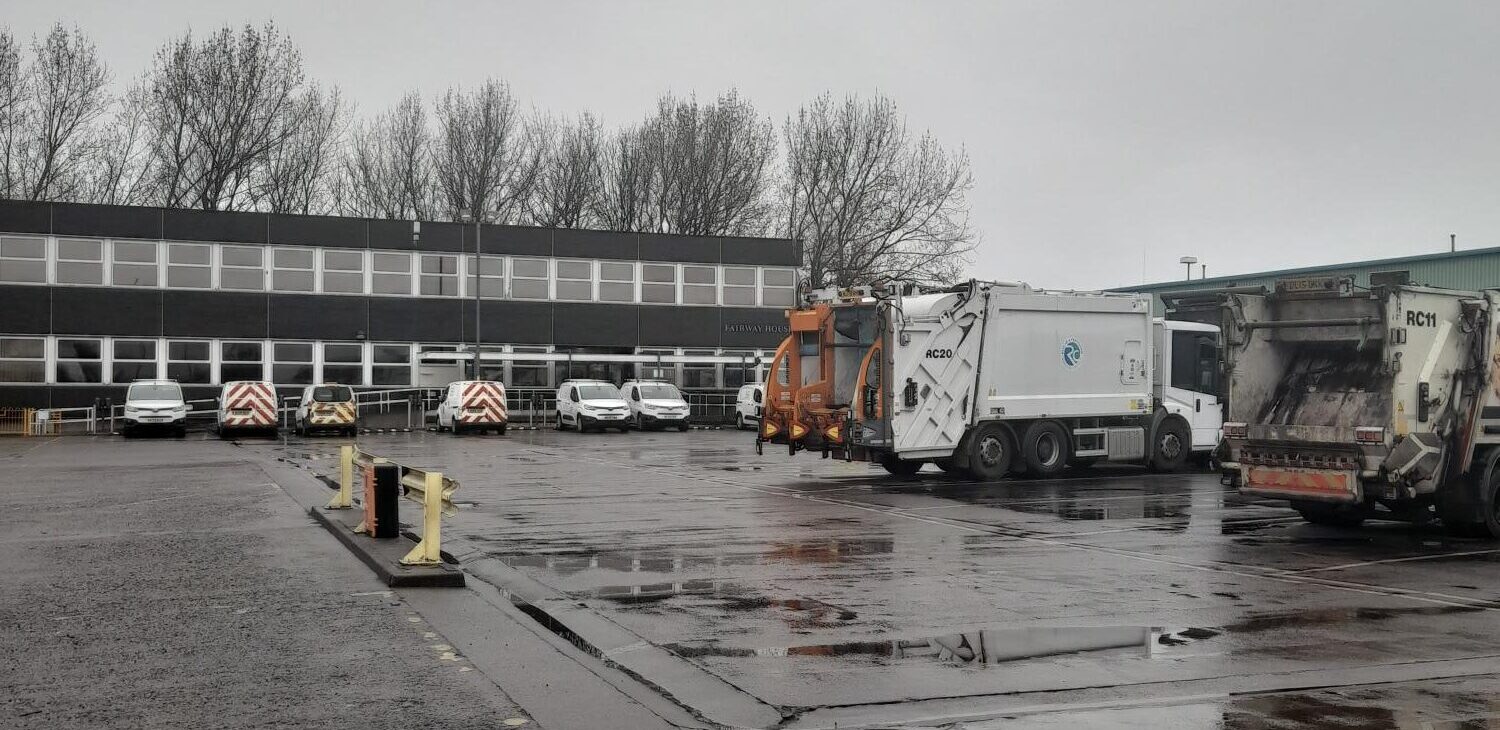Across the fleet industry, costs are rising. From fuel to tyres, fleet organisations are feeling the impact of global supply chain delays and labour shortages. While some vehicle collisions are not preventable, fleets have a responsibility to do everything in their power to limit the number of collision occurrences in order to keep everyone on the roads safe.
The following four tips may help fleet managers increase driver safety while reducing costs related to collisions:
1. Be Proactive, Not Reactive
f your strategy to handle collisions is to wait for a collision to occur, you are putting your fleet drivers and assets at risk. While collisions may seem inevitable (and some are), there are more proactive strategies to decrease the chances of collisions. Creating a fleet safety program allows for the safety of your fleet team, vehicles, and other people on the road. Aspects of a successful fleet safety program may include:
- DVSA Compliance – DVSA compliance helps keeps substandard vehicles off of the road. Maintaining DVSA compliance may help keep collision rates down by tracking vehicle maintenance records and drivers’ hour data. DVSA compliance also helps fleets avoid fines from failed roadside inspections. An integrated fleet software system like FleetFocus complies with the DVSA regulations, making compliance easy for fleets in the United Kingdom.
- Driver training – Through regular employee training on safety procedures as well as driving skills, fleet managers may build a culture around safety. This keeps everyone in the fleet aligned on safety goals and best practices. Ensuring drivers are conducting daily vehicle inspections, for both pre-and post-trip, also helps hold drivers accountable for the condition of their vehicles and keep all vehicles properly maintained.
- External factor monitoring – While it may seem like common sense, external factors such as weather often play a large role in collisions. Including external factor monitoring may help keep drivers off the road on days when the risk for collision may be increased.
- Health and safety policy – Ensure drivers fully understand the health and safety policies around them operating vehicles on behalf of the organisation. Create working partnerships between the Health and Safety Executive and other organisations so that you are well-placed to raise awareness of work-related road risks.
- Clear documentation – If a fleet employee has questions about the safety program, there should be clear and easily accessible documentation for them to reference.
2. Assess and Monitor Driver Behaviour
Driver behaviour monitoring is a tried-and-true way to ensure safety and limit the number of preventable collisions. Telematics platforms, when integrated with your fleet software system, may monitor speeding, harsh braking, and idling, all while compiling data trends into easy-to-understand heat maps so fleet managers can see the geographic areas with the most violations.
3. Understand European Tachograph Regulations
achograph technology helps drivers prioritize rest while driving for long periods of time. Misunderstanding the rules surrounding tachograph usage in the EU may leave your fleet susceptible to liability. Under EU tachograph regulations, fleet operators must equip each vehicle with either an analogue or digital tachograph. Failure to do so may result in significant fines. Tachograph regulations state that drivers must:
- Take daily rest breaks of at least 11 hours/day
- Break for 45 minutes after each 4.5-hour driving period
- Not exceed the weekly driving time of 56 hours or two-weekly driving time of 90 hours

4. Make Use of Real-Time Telematics
Telematics is so much more than seeing vehicles on a map. In addition to the advanced driver behaviour tracking functionality, telematics systems can also help fleet managers plan routes, avoid dangerous driving locations (high traffic areas or intersections), and ensure the right asset is performing the right job.
5. Provide Easy-to-Use Collision Management App For Drivers
Collisions for any driver are a jarring experience. Drivers may be shaken up, angry, confused, or even injured after a collision, so fleet managers need to provide a simple solution to document collision details. For modern fleets, an accepted solution would be a mobile app designed specifically for drivers’ use after a collision occurs. The mobile app would include features like:
- Location (by manual address entry or pinning on a map)
- Detail logging
- Photo/video capture
- FMIS integration
6. Analyse Maintenance Schedules
When collisions do occur, it is important that fleet vehicles are maintained on an effective schedule to limit downtime, which should help reduce collision-related costs as well. If your fleet vehicles achieve the highest mileage on weekday mornings, then afternoon maintenance or even weekend maintenance schedules may work best for limiting downtime.












